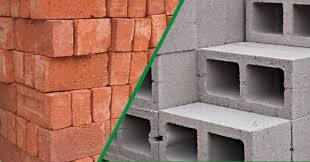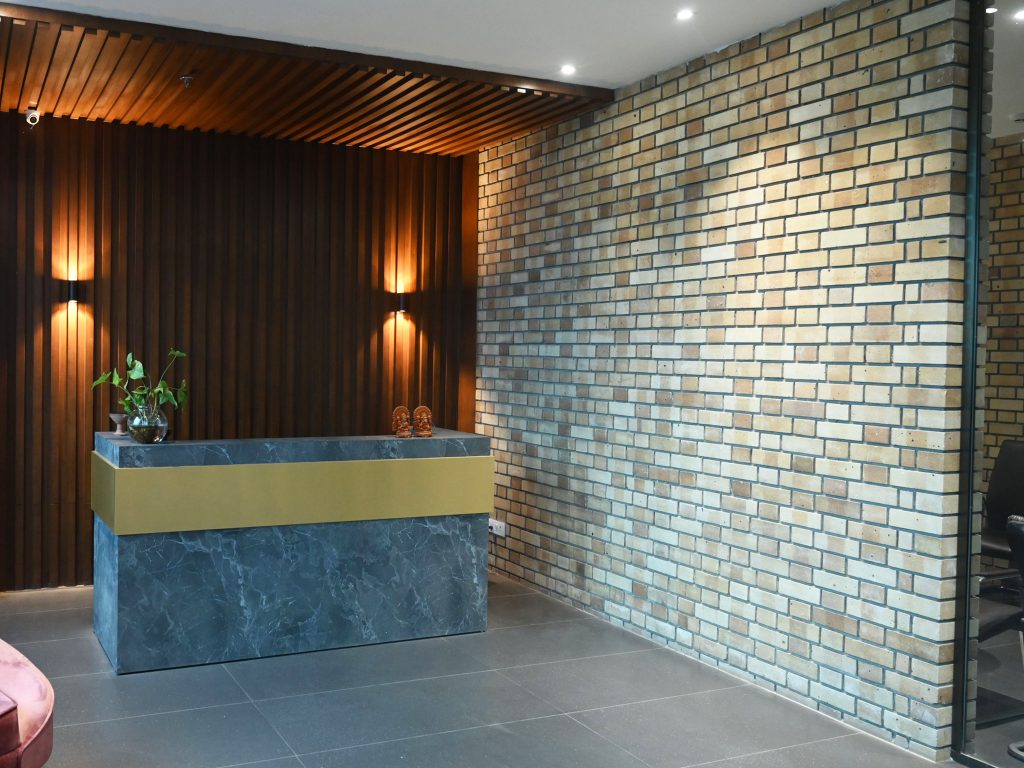Difference Between Clay Bricks and Concrete Bricks
Bricks are our way to home, so having the right foundation can be the best way to deal with all the problems that help us make the life we wish to have for ourselves. Choosing the right brick makes all the difference, and knowing about what brick should be your brick for the home you are building is definitely a thing that separates you from the others. While clay bricks have been used for centuries and are admired for their natural charm and thermal insulation, concrete bricks are modern alternatives known for their strength, consistency, and cost-effectiveness.
Understanding the difference between clay bricks and concrete bricks can help homeowners, builders, and architects make smarter construction choices that suit their design goals, budget, and sustainability needs. In the blog Difference Between Clay Bricks and Concrete Bricks, we try to explain the difference between clay bricks and concrete bricks. For more such details, please contact Bharat Bricks and have all your queries about all things bricks.
How Clay Bricks Pave the Path Differently from Concrete Bricks
Clay bricks are made from natural clay, which is molded into shape and then fired in kilns at high temperatures to achieve strength and durability. This process gives them their signature reddish-brown color and a dense, weather-resistant texture. On the other hand, concrete bricks are composed of cement, sand, aggregates, and water. Instead of being fired, they are cured under controlled conditions, which saves energy and allows for faster production. The difference in raw materials and processing not only affects their color and finish but also determines their overall strength, texture, and environmental impact.
Strength and Durability
When it comes to strength and durability, both clay and concrete bricks perform well, but in different ways. Clay bricks are renowned for their enduring nature and ability to withstand harsh weather conditions without losing their shape or color. They are highly resistant to fire and tend to last for decades with minimal wear. Concrete bricks, however, offer greater compressive strength and uniformity, making them ideal for modern load-bearing structures. While they may slightly fade or erode over time, their sturdiness and precision make them a reliable choice for large-scale construction projects.
Appearance and Finish
Clay bricks have a natural, earthy charm that gives buildings a warm and timeless appeal. Their color, ranging from deep red to rustic brown, comes from the minerals in the clay and the firing process, ensuring no two bricks look exactly alike. This natural variation adds character and elegance to walls and facades. Concrete bricks, in contrast, offer a more modern and versatile look. They can be produced in a wide range of colors, shapes, and textures to suit different architectural styles. Their uniform size and smooth finish make them ideal for contemporary designs and neat, structured aesthetics.
Environmental Impact
Clay bricks are made from natural clay and require high-temperature kilns for firing, which consumes significant energy and emits carbon dioxide. However, they are durable and can last for decades, reducing the need for frequent replacement. Concrete bricks, made from cement, sand, and aggregates, use industrial materials and require less energy in production, but cement manufacturing contributes to greenhouse gas emissions. On the positive side, concrete bricks can be recycled and reused in construction, making them relatively eco-friendly when managed properly. Choosing between the two often involves balancing energy consumption, longevity, and recyclability.
Maintenance and Lifespan
Clay bricks are highly durable and require minimal maintenance, often lasting 50 years or more without significant wear. Their natural resistance to weather, fire, and pests ensures that walls retain their strength and aesthetic appeal over time. Concrete bricks, while also long-lasting, may require occasional maintenance such as cleaning or sealing to prevent surface erosion or efflorescence. Typically, concrete bricks have a slightly shorter lifespan than clay bricks but offer consistent structural performance. With proper care, both types of bricks provide reliable durability, making them suitable for a wide range of residential and commercial construction projects.
Frequently Asked Questions
What is the main difference between clay bricks and concrete bricks?
Clay bricks are made from natural clay that’s molded and fired in kilns, while concrete bricks are produced using a mixture of cement, sand, and aggregates that are cured rather than fired.
Do clay bricks or concrete bricks provide better insulation?
Clay bricks typically offer better thermal insulation and keep interiors cooler in summer and warmer in winter compared to concrete bricks.
Which bricks are better for load-bearing walls?
Concrete bricks have higher compressive strength, making them ideal for structural or load-bearing applications, while clay bricks are often used for residential and aesthetic constructions.
Do concrete bricks absorb more water than clay bricks?
Yes, concrete bricks tend to have higher water absorption than fired clay bricks, which can affect long-term durability and require better waterproofing.
Which brick type requires less maintenance?
Clay bricks generally require less maintenance as they resist fading and erosion, while concrete bricks might need periodic sealing or painting.







